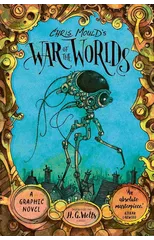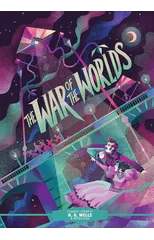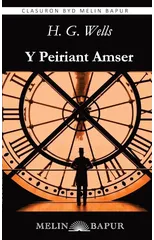"The World Set Free" is a technology fiction novel written by means of H. G. Wells. This pioneering work is extraordinary for its prediction of nuclear weapons long before they have become a fact, making it a visionary piece of literature. Set in the early 20th century and later into the 21st century, the radical affords a global where scientific advancements result in the introduction of atomic bombs, referred to as "atomic bombs" inside the book. These bombs, as soon as unleashed, have devastating and long-lasting outcomes, reshaping the course of human history. Wells explores the political, social, and ethical ramifications of this powerful new weapon, depicting a global in consistent turmoil and battle. Amid the chaos, the story follows a cast of characters, such as scientists and global leaders, as they grapple with the adverse ability of atomic energy. "The World Set Free" now not simplest serves as a cautionary story about the risks of unchecked scientific development but also as a commentary at the need for global cooperation and disarmament to prevent catastrophic consequences. It's worth noting that H. G. Wells' novel is taken into consideration a precursor to the real-international development and use of nuclear weapons all through World War II.
H.G. Wells
H.G. Wells was a prolific English writer best known for his science fiction novels. His most notable works include "The War of the Worlds," "The Time Machine," and "The Invisible Man." Wells' writing style was characterized by his imaginative storytelling, social commentary, and exploration of scientific concepts. He is often credited with popularizing the science fiction genre and influencing future writers in the field. "The War of the Worlds" remains his most famous work, depicting a Martian invasion of Earth and exploring themes of imperialism and the resilience of humanity. Wells' contributions to literature have had a lasting impact on the genre of science fiction and continue to be celebrated to this day.





